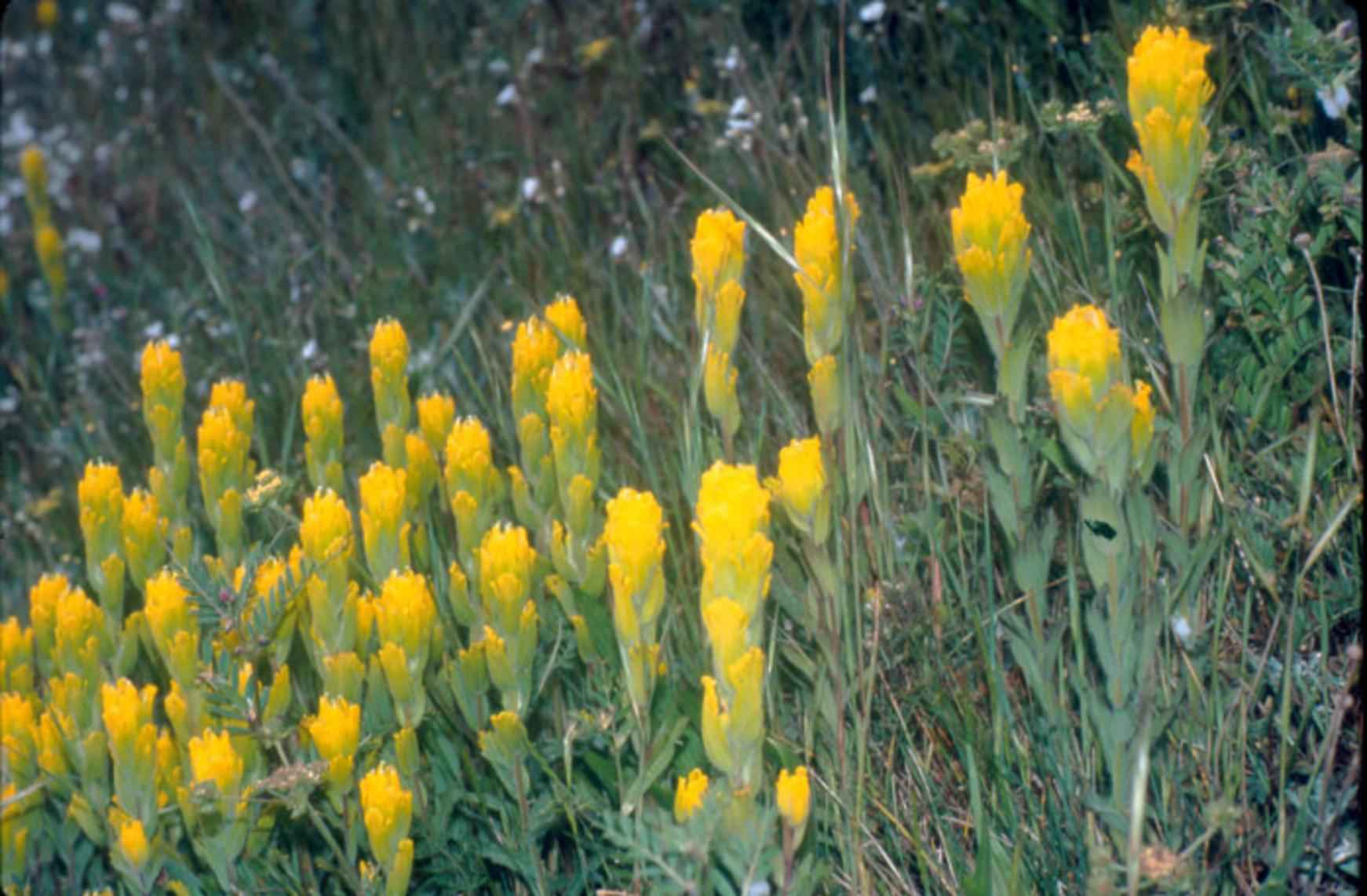
A chiseled brush permits the painter to cut into tighter corners and paint more precisely.īrush handles may be made of wood or plastic while ferrules are metal (usually nickel-plated steel). Natural bristles are preferred for oil-based paints and varnishes, while synthetic brushes are better for water-based paints as the bristles do not expand when wetted.Ī decorator judges the quality of a brush based on several factors: filament retention, paint pickup, steadiness of paint release, brush marks, drag and precision painting. Synthetic filaments last longer than natural bristles. Brushes with tapered filaments give a smoother finish. If the filaments are synthetic, they may be made of polyester, nylon or a blend of nylon and polyester.įilaments can be hollow or solid and can be tapered or untapered. Striker: Large round (cylindrical) brush for exterior painting difficult areasīristles may be natural or synthetic.


Spike, dense, bright red, reddish-orange, or occasionally yellow or white, 1.6 to 2.4 inches long, elongating to 4 to 8 inches in fruit, terminal.īracts subtending flowers prominent, lanceolate, deeply 3-5-lobed, lobe tips blunt to rounded, often more brightly colored than flowers calyces scarlet, 3/5 to 1 inch long, deeply divided into 2 broad, rounded lateral lobes corollas 2-lipped, greenish-yellow, slightly longer than calyx upper lip beak-like, erect, straight, 1/3 to 2/5 inch long, lower lip well developed, less than 1/3 as long as upper lip stamens 4, ascending under upper lip.Ĭapsule, asymmetrical, egg-shaped, 1/3 to 2/5 inch long seeds numerous, small, angular. Family: Scrophulariaceae - Figwort FamilyĪscending to erect, usually solitary, simple or sometimes branched, short-hairy.Īlternate, sessile basal rosette leaves oblanceolate to egg-shaped, entire, often persisting until flowering principal stem leaves lanceolate to linear-lanceolate, 1.2 to 3.2 inches long, entire to commonly 3-7-cleft segments linear or oblong, tips blunt or rounded, terminal segment usually largest.


 0 kommentar(er)
0 kommentar(er)
